2025 To-Do List: Seven Best Financial Moves to Make
These seven financial moves will leave you better prepared and organized for 2025.


Whether or not you made any New Year’s resolutions for 2025, I suggest you work your way through this financial to-do list to shore up your financial plan. Unlike many resolutions that require constant vigilance, such as dieting or exercising, you only have to take a few steps to improve your financial health and security in 2025 and the future.

1. Change your passwords
How often should you create new passwords? Cybersecurity experts recommend changing your password every three months. However, there are situations where you should change your password immediately, such as if your account was hacked, after a data breach or if you used an unsecured network.
The rash of high-profile data breaches, including Change Healthcare and Medicare, highlights the need to improve the security of your online accounts and transactions by using hard-to-guess passwords and changing them regularly.
A good password can make it more difficult for hackers to access your accounts. But what exactly makes a strong password? Here are a few tips to create a secure password:
- Use a different password for every account.
- Use at least 12 characters. To make it easy to remember, use a lyric from a song or poem or make an abbreviation from the words in a sentence. Don't use anything that could be deduced from your social media profile(s).
- Make it a complex password. A 12-character password should include at least one uppercase and one lowercase letter, number, and a special character.
- Don't use common words like “password,” “qwerty” or names of pets.
Consider using a password generator to take the hassle out of creating strong passwords. Try the password generator available on McAfee. Using a password generator is easy. You simply enter the desired length and any specific requirements (such as including numbers or symbols) and the tool will generate a secure password for you to use.
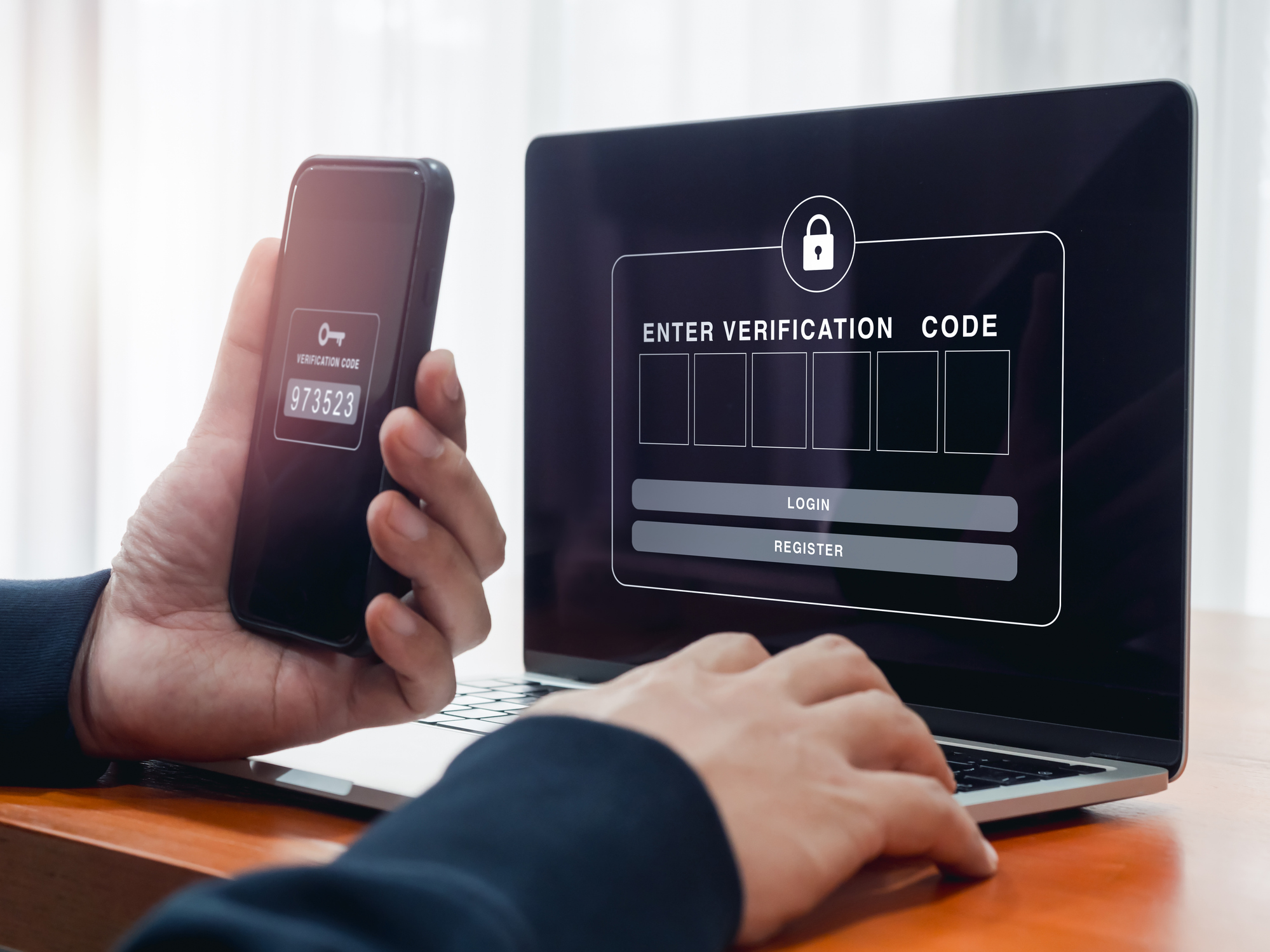
2. Use two-factor authentication to protect your accounts
Hopefully, you use a strong password to protect your accounts. But hackers use different tactics to steal or guess your passwords.
Here are three common tactics used to gain information and access to your accounts:
- Phishing attacks to trick you into giving up your login credentials.
- They buy credentials stolen in data breaches.
- Scammers will reuse usernames and passwords to log in to another one of your accounts. That's why it's important to never reuse the same username and password.
Using a multi-factor authentication process is much more secure than using a password only. Even if a hacker knows your username and password, they can’t log in to your account without the second credential or authentication factor.
An increasing number of web sites and apps offer multi-factor authentication to increase security. To turn it on, go to your account settings, look for two-factor authentication, two-step verification, or multi-factor authentication, and follow the steps.
Some devices/apps let you choose which authentication method to use. Others only give you one option. These are three of the most common authentication methods:
- One-time passcode via text message or email- With this type of authentication, you get a verification passcode by text message or email. It’s typically six digits long but can be longer. It’s only good for one log in and expires automatically
- Facial recognition- Much of our digital lives are stored on smartphone and needs to be protected in case your phone is lost or stolen. You can use the facial recognition feature to securely unlock your smartphone and authorize purchases.
- Security keys- Security keys are the strongest method of two-factor authentication because they don’t use credentials that hackers can steal. They are physical devices that you use as your second authentication factor. The keys use encryption to confirm that the key is associated with your account. Some plug into a USB port and others use near-field communication (NFC) to connect to your device when you hold it close

3. Protect your important data and documents
It's a good practice to have both digital and physical copies of your most valuable documents. This ensures redundancy in case of loss, damage, or theft of one format. Also, be sure to secure both copies. Remember that document security is an ongoing process, so make it a habit to review and update your protection strategies regularly.
Paper Copy Storage: The best option for storing paper copies of important documents is in a fireproof and waterproof safe or a safe deposit box at a bank. If you use a safe deposit box, ask your bank or check state laws to confirm who can and cannot access the safe deposit box should you be unable to do so.
Electronic Copies: Store electronic copies of important documents in a password-protected format on a removable flash drive or an external hard drive and keep the storage device secure in your fireproof and waterproof box or safe. Another option is to use a secure cloud-based service like Dropbox, Apple iCloud or Google Drive, to name a few. Just be sure you encrypt your documents or files before uploading them.
It is critical that in case of a disaster, you must secure all the documents you will need for insurance claims or disaster relief. For additional checklists and guidance on collecting and safeguarding important information, download FEMA’s Emergency Financial First Aid Kit. This all is also why Kiplinger recommends you create a financial plan for natural disasters.
The Federal Disaster Tax Relief Act was recently signed into law and will help victims of recent hurricanes Helene and Milton and severe storms that have devastated areas of Alaska, California, Connecticut, Louisiana, Virginia, Pennsylvania, and Illinois.
If you or a loved one was impacted by a disaster in one of these states in 2024 or suffered in the California wildfires after December 31, 2014 or impacted by the East Palestine train derailment should read New Law Delivers Tax Breaks to Natural Disaster Victims to get the details of this new disaster relief assistance.
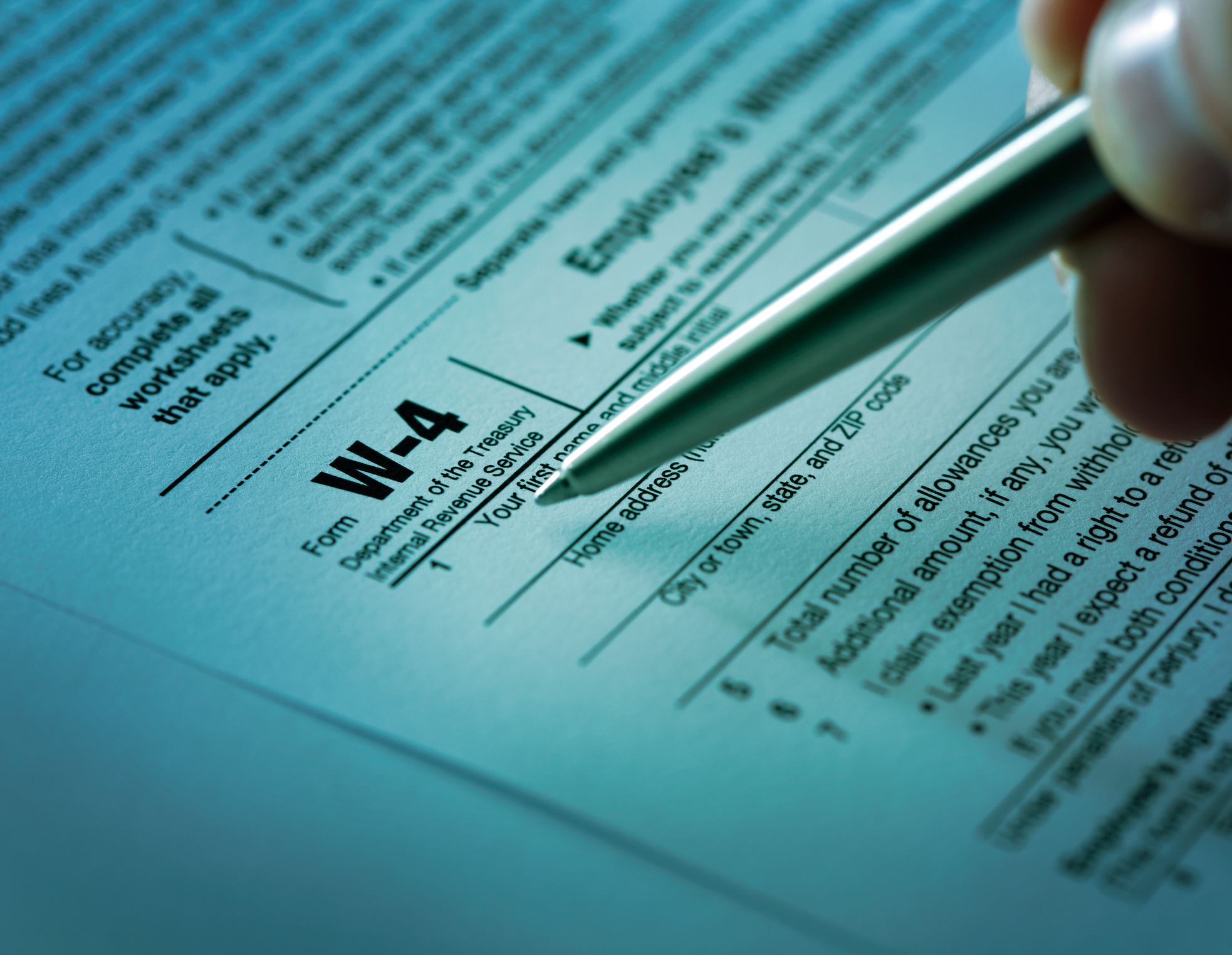
4. Adjust your W-4 tax withholdings
You may change your W-4 withholding for any reason and may do so whenever you wish. I do suggest you adjust your tax withholdings if you had a dramatic change in income or have a life event that will impact your filing status.
When you have too much money withheld from your paychecks, you end up giving the government an interest-free loan and getting a tax refund. On the other hand, having too little withheld from your paychecks could mean an unexpected tax bill or even a penalty for underpayment.
Any change of household income, whether up or down, could put you in a different tax bracket and require you to modify your withholdings. Any time your income goes up, your tax liability will likely go up too. And If you get laid off from your job and stay unemployed the rest of the year, you may have too much tax withheld for the year while you were working.
Change in income:
- You or your spouse get a second job.
- You or your spouse get a job or change jobs.
- You or your spouse are unemployed for part of the year.
Change in filing status:
- You got married or divorced
- You gave birth or adopted a baby
- Your children are no longer dependents
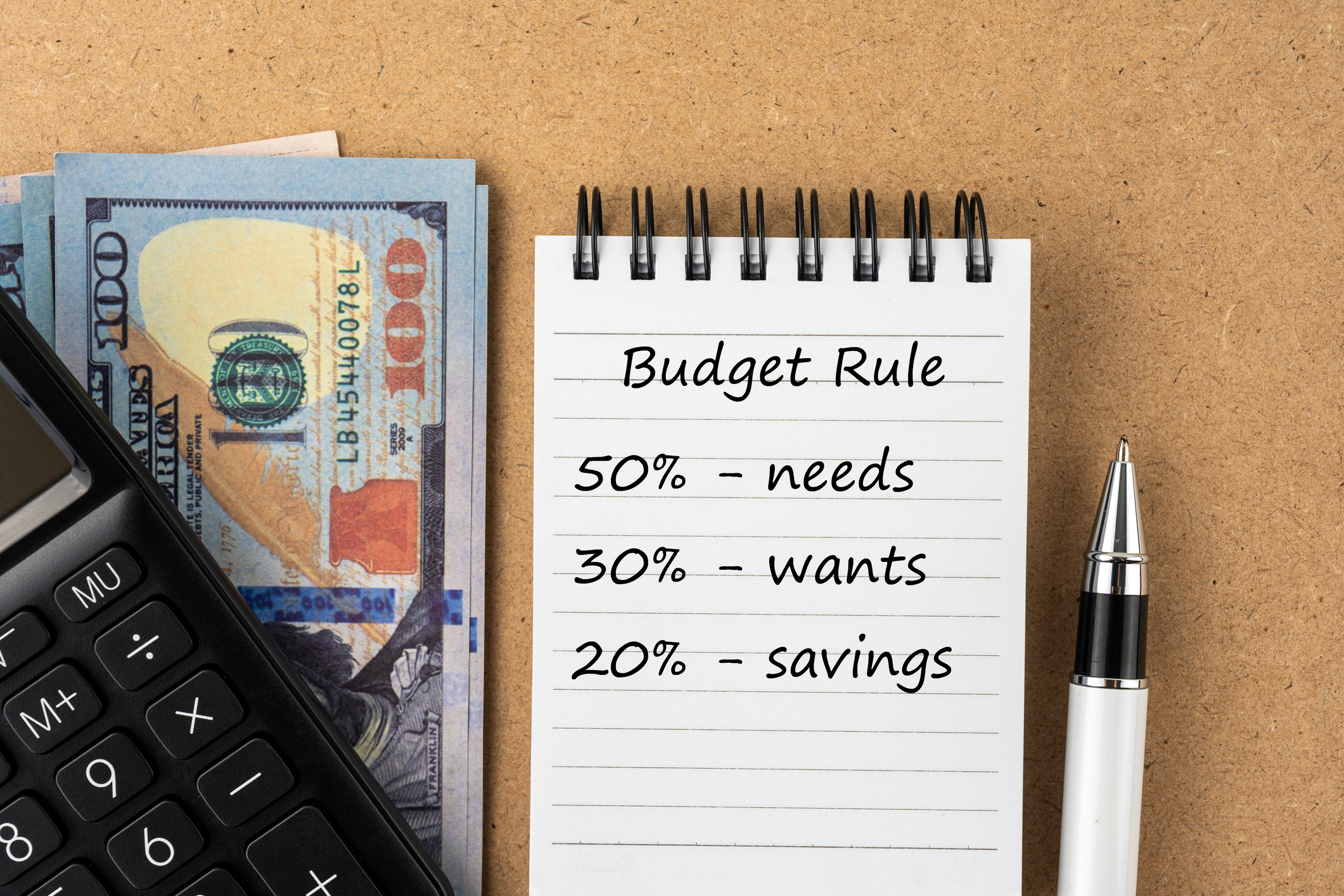
5. Create or update your monthly budget
A budget is the foundation of any financial strategy. While it is true that everyone’s expenses and goals are different, a budgeting method can serve as a helpful framework for everyone. When making a budget take into account any changes in your salary, benefits, liquidity and price increases for the products and services you spend on annually. And don’t forget to allocate for expected occasional expenses you may have coming up, such as attending a wedding or a new car lease.
The first one to consider is the 50-30-20 budget rule. It was created by U.S. Senator Elizabeth Warren in her book All Your Worth: The Ultimate Lifetime Money Plan. Since then, the 50-30-20 rule has been a gold standard for budgeting.
The 50-30-20 Rule is a money management technique that divides your income into three categories: 50% for the essentials, 20% for savings and 30% for everything else, such as your wants. "The main takeaway of the 50-30-20 rule is that it helps you determine exactly where your money is going each month, which in turn helps you make changes in your spending" says Erin Bendig, who authored The 50-30-20 Budget Rule: A Simple Way to Save Money for Kiplinger.
For some families, the newer 60/30/10 budgeting method might be more useful, as it allocates a greater percentage of income to necessities. It can also be a way for people to 'budget' for inflation and the increased costs of food, utilities and housing.
Under the 60/30/10 method, you designate 60% of monthly income for essential expenses, such as transportation, utilities, groceries and rent. Of the remaining amount, 30% is used for discretionary spending and 10% is either put in savings or used to pay off your credit card balance or other high-interest debt.

6. Prepare to file your tax return
Your 2024 tax statements will arrive gradually during January and early February, but you can get a head start by organizing all of your receipts for eligible deductible expenses and charitable contributions. Don’t forget to print out receipts for goods and services you purchased online.
Here are a few more tips to make filing your 2025 easier:
Update your name if it has changed. Your refund will be delayed if your name of record does not match the name appearing on your tax return. If your name has changed, you'll need to notify the Social Security Administration as soon as possible. Then you’ll need to apply for a new Social Security card by completing Form SS-5, Application for a Social Security Card or use can apply online through your my Social Security account.
Create an IRS online tax account. If you set up an online tax account with the IRS you will can obtain your tax documents without having to contact the IRS. This feature allows you to log into an account and check payment balances, set up payment arrangements and view prior-year tax returns and reported tax forms.
Arrange to pay taxes due by April 15. The due date for your tax return is also the day your final tax payment is due. If you are unable to pay the full amount you may owe, pay as much as you can. Since the IRS failure-to-pay penalty is generally charged at 0.5% of the unpaid tax per month, paying what you can now reduces the amount you’ll be penalized.
File for an extension. If you know you will not able to meet the tax filing deadline — April 15, 2025 — you can file an extension. You can file one for free using the IRS Free File program or by mailing Form 4868 to the IRS. But note that while an extension gives you six additional months to submit your tax return, it doesn’t extend the time to pay your taxes.
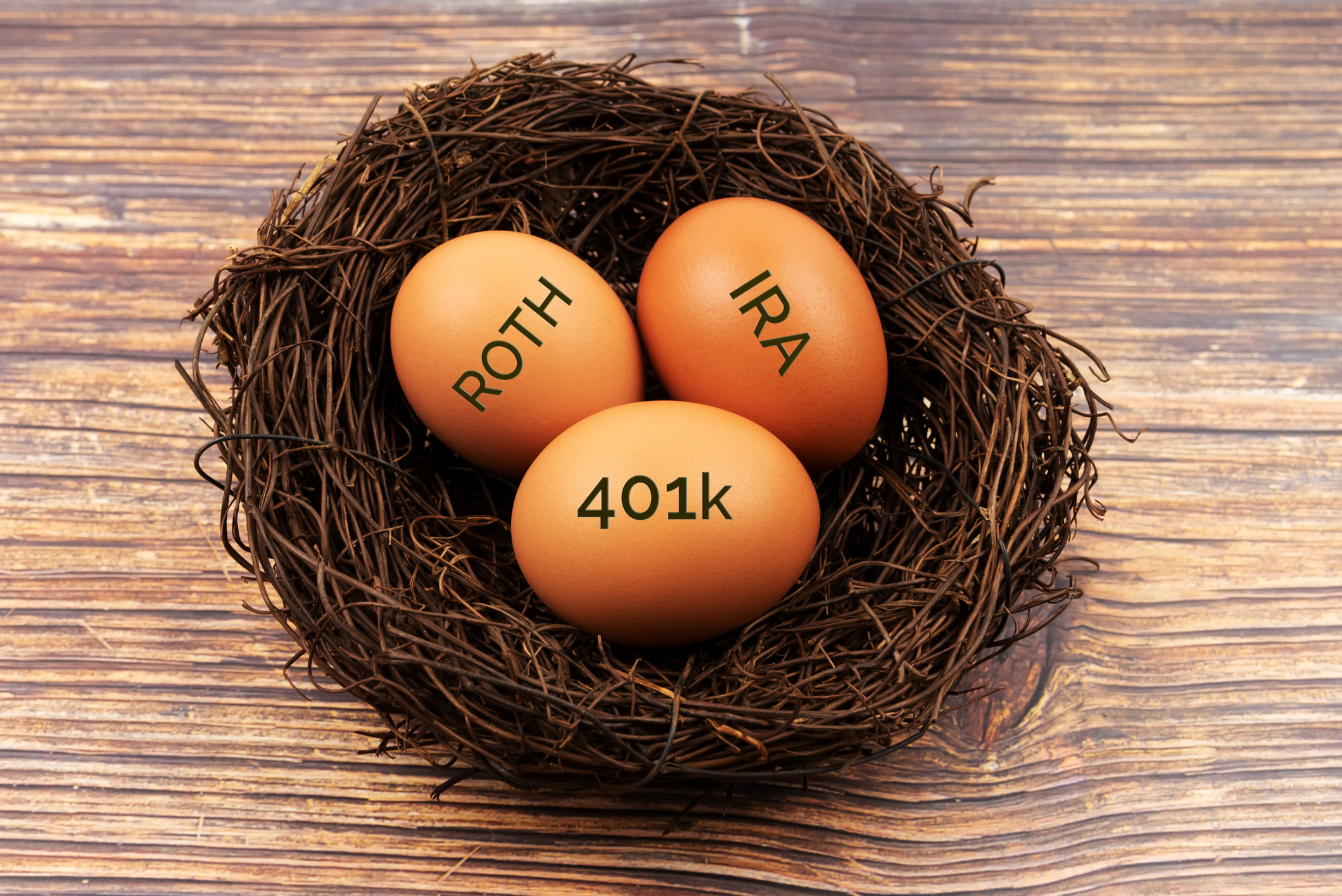
7. Increase your retirement plan contributions
Did you get an end-of-year bonus or raise? Consider using some of it to increase your contributions to your 401(k) plan. In 2025, you can contribute up to $23,000 in regular contributions plus $7,500 more in “catch-up” contributions if you’re 50 or older. The deadline for 401(k) contributions is December 31 because they are made through payroll deductions.
However, if you have an IRA, you can contribute to that account up until the 2024 tax year filing deadline, which is April 15, 2025. The IRA contribution limit is $6,500 and the $1,000 catch-up contribution — if you are 50 or older — takes the total maximum contribution to $7,500. In 2025, the contribution limit increases to $7,000, The catch-up contribution limit is unchanged in 2025 and remains $1,000.
Beginning in 2025, people aged 60 to 63 (by the end of the calendar year) can make super-sized 401(k) catch-up contributions. Active participants in this age bracket can contribute the greater of $10,000 or 150% of the 2024 catch-up contribution limit that is indexed for inflation.
For 2025, the supersized catch-up contribution is $11,250. The total limit for 401(k) contributions for those aged 60 to 63 in 2025 is $34,750. That number includes $23,500 contribution limit and a catch-up contribution of $11,250.
Finally, the IRS has decided to delay the enforcement of the new Roth 401(k) contributions rule until 2026. I suggest you read New Roth 401(k) Contributions Rule Delayed by IRS: What To Know, prepared by the Kiplinger tax team, to get a detailed explanation of the new rule.
Related Content
Get Kiplinger Today newsletter — free
Profit and prosper with the best of Kiplinger's advice on investing, taxes, retirement, personal finance and much more. Delivered daily. Enter your email in the box and click Sign Me Up.

Donna joined Kiplinger as a personal finance writer in 2023. She spent more than a decade as the contributing editor of J.K.Lasser's Your Income Tax Guide and edited state specific legal treatises at ALM Media. She has shared her expertise as a guest on Bloomberg, CNN, Fox, NPR, CNBC and many other media outlets around the nation. She is a graduate of Brooklyn Law School and the University at Buffalo.
-
 Vanguard Is 50! Here's How It Has Made Investing Better
Vanguard Is 50! Here's How It Has Made Investing BetterVanguard was established by John C. Bogle in May 1975, and the fund manager's impact on investing has been revolutionary.
-
 Should You Give up a Car in Retirement?
Should You Give up a Car in Retirement?If you own two cars, shedding one might be easier than you think. The freedom from rising vehicle expenses can bring relief to retirees.
-
 Should You Give up a Car in Retirement?
Should You Give up a Car in Retirement?If you own two cars, shedding one might be easier than you think. The freedom from rising vehicle expenses can bring relief to retirees.
-
 Baby on the Way? Tariffs Could Raise Prices on Must-Have Infant Gear
Baby on the Way? Tariffs Could Raise Prices on Must-Have Infant GearUpcoming tariffs on baby items like car seats and cribs could raise costs for families, but shopping smart can help you save.
-
 You Can Get Better Yield with a Jumbo CD or Money Market Account
You Can Get Better Yield with a Jumbo CD or Money Market AccountMaximize your savings with top-yielding jumbo accounts and high-interest savings options.
-
 Have You Reviewed Your 401(k) Beneficiary Designations Lately?
Have You Reviewed Your 401(k) Beneficiary Designations Lately?If you've had any life changes — marriage, divorce, a new baby or retirement — you might want to make sure your beneficiaries are in order.
-
 How 401(k) Auto Portability Boosts Women's Retirement Savings
How 401(k) Auto Portability Boosts Women's Retirement SavingsWomen already face an uphill battle when saving for retirement. Auto portability tech transfers their 401(k)s when they change jobs, which can add up over time.
-
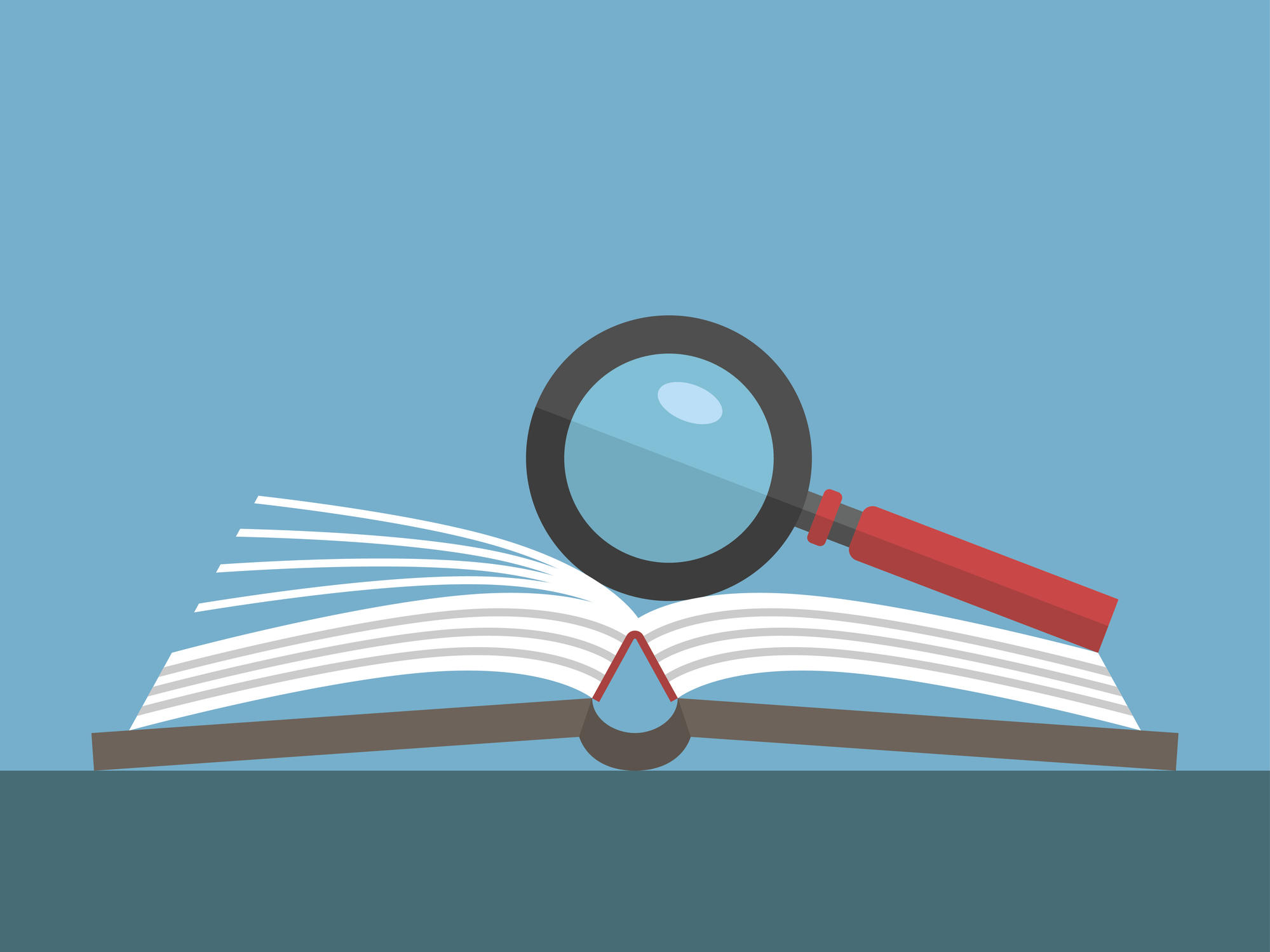 15 Estate Planning Terms You Need to Know
15 Estate Planning Terms You Need to KnowSometimes industry jargon can turn otherwise understandable concepts into stumbling blocks. Here are simplified explanations, definitions and uses for some estate planning tools.
-
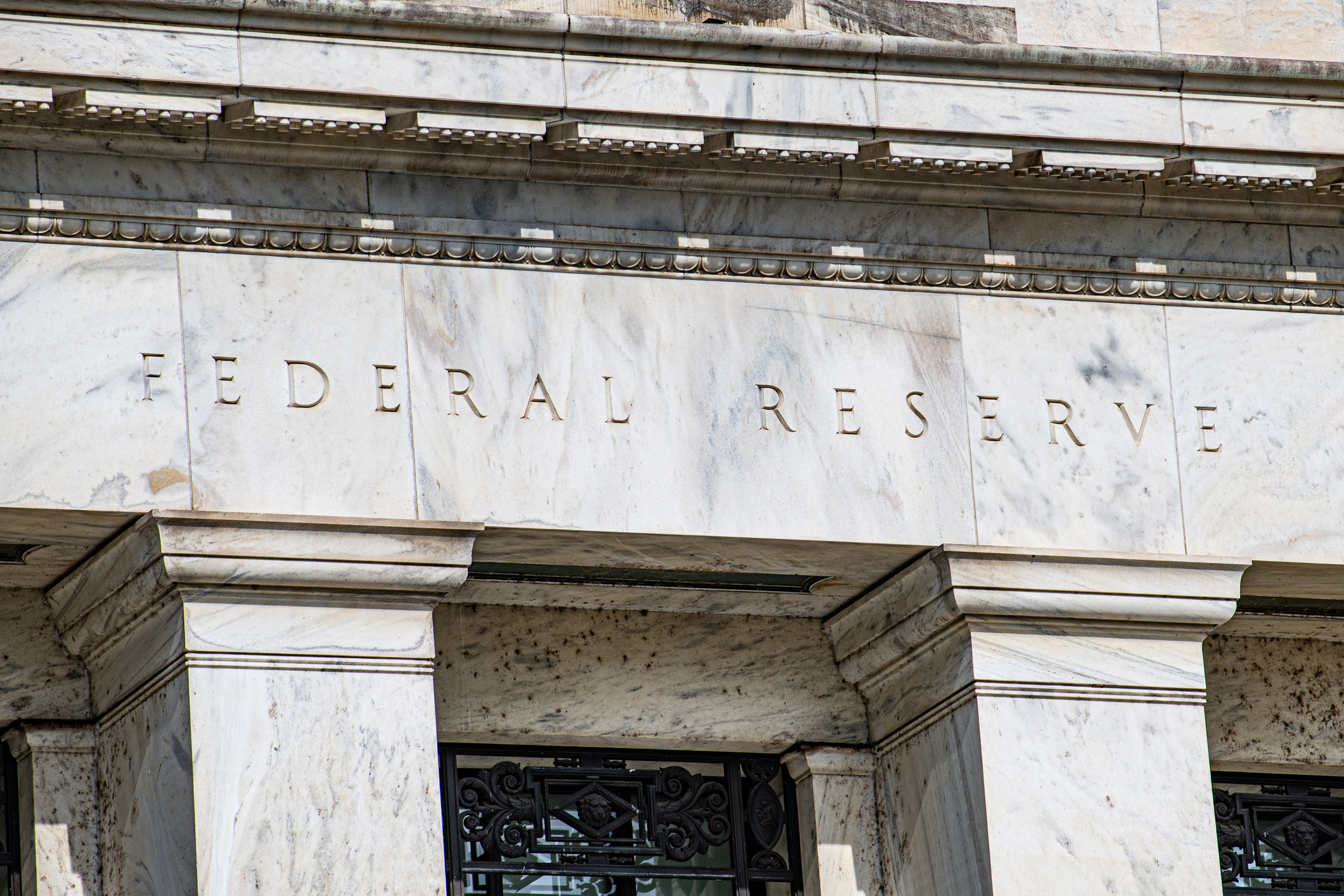 May Fed Meeting: Live Updates and Commentary
May Fed Meeting: Live Updates and CommentaryThe May Fed meeting is a key economic event, with Wall Street looking to see what Fed Chair Powell & Co. will do with interest rates amid tariff uncertainty. The May Fed meeting is a key economic event, with Wall Street looking to see what Fed Chair Powell & Co. will do with interest rates amid tariff uncertainty.
-
 16 Strategies to Save Money on Prescription Drugs
16 Strategies to Save Money on Prescription DrugsMany Medicare recipients are benefiting from changes that make prescriptions more affordable. But you can still make other moves to keep your costs in check.
